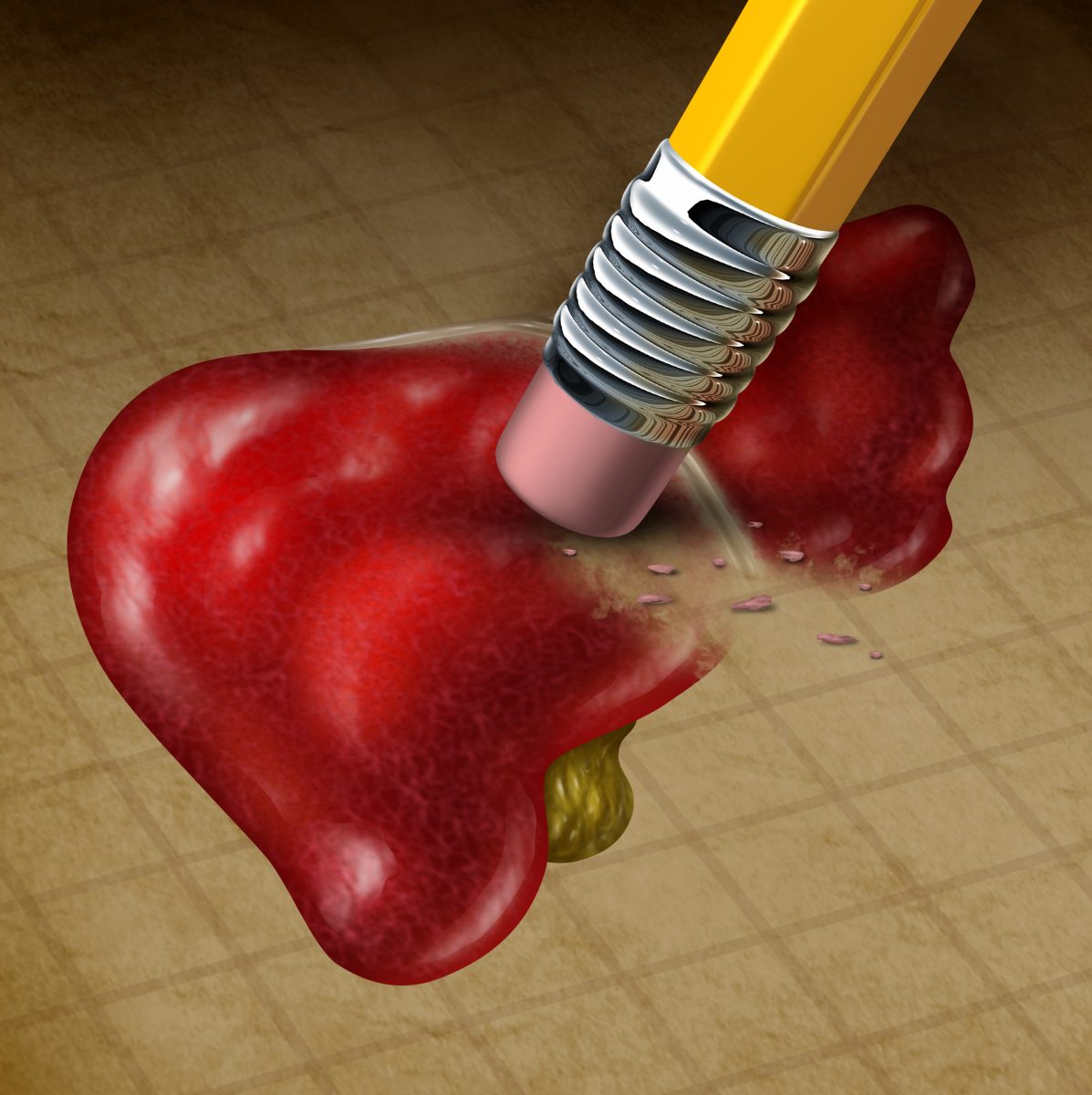 With a long liver transplant wait list for patients with hepatocellular carcinoma due to hepatitis B virus, clinicians are keen to find alternative methods of treating their patients. For some patients, hepatectomy is adequate, whereby the tumor-affected liver tissue is removed and the rest is preserved. For others, their tumors return, and this is known as recurrent hepatocellular carcinoma. At this point, liver transplantation may be the best option for increasing the chance of patient survival.
With a long liver transplant wait list for patients with hepatocellular carcinoma due to hepatitis B virus, clinicians are keen to find alternative methods of treating their patients. For some patients, hepatectomy is adequate, whereby the tumor-affected liver tissue is removed and the rest is preserved. For others, their tumors return, and this is known as recurrent hepatocellular carcinoma. At this point, liver transplantation may be the best option for increasing the chance of patient survival.
This method (resection and subsequent transplantation) has been proposed as a means of treating patients with recurrent hepatocellular carcinoma. It is known as salvage liver transplantation but has not been thoroughly validated as an adequate means to treat recurrent hepatocellular carcinoma. It may be the case that not all patients benefit from salvage liver transplantation, but there is a lack of evidence-based medicine in the field. To remedy this unknown, a team from First Affiliated Hospital School of Medicine and two Key Laboratories of Organ Transplantation in China conducted a retrospective study of 62 patients undergoing salvage liver transplantation to determine “Time Interval to Recurrence as a Predictor of Overall Survival in Salvage Liver Transplantation for Patients with Hepatocellular Carcinoma Associated with Hepatitis B Virus.” This study was published in the journal Surgery.
All patients included in the study were treated with salvage liver transplantation in the Liver Transplantation Center of the First Affiliated Hospital of Zhejiang University. Looking at patient prognosis, there were two distinct groups of patients: those whose recurrence was greater than one year after hepatectomy (L group) and those whose recurrence was less than one year after hepatectomy (S group). The researchers looked for key differences between the groups and determined if the time to recurrence impacted patient prognosis.
While the two groups had similar baseline characteristics, L group patients had significantly better overall survival rates. “The 1-, 3-, and 5-year overall survival rates were 81%, 45%, and 45% in the L group, which were better than in the S group, with 47%, 21%, and 21%, respectively,” wrote the authors. Hazard ratio for time to recurrence was 0.29, indicating that time interval to tumor recurrence from previous hepatectomy was an independent predictor of overall survival. Other predictors included macrovascular invasion and greatest tumor diameter.
The authors indicate this study may influence the way patients are selected for salvage liver transplantation. Evidently, a patient with a longer period of time between hepatectomy and recurrence will fare better with a liver transplantation than a patient with a shorter period of time. Until the transplantation wait list has been erased and everyone in need has received a donation, it may be wise to base decisions off of these times.

